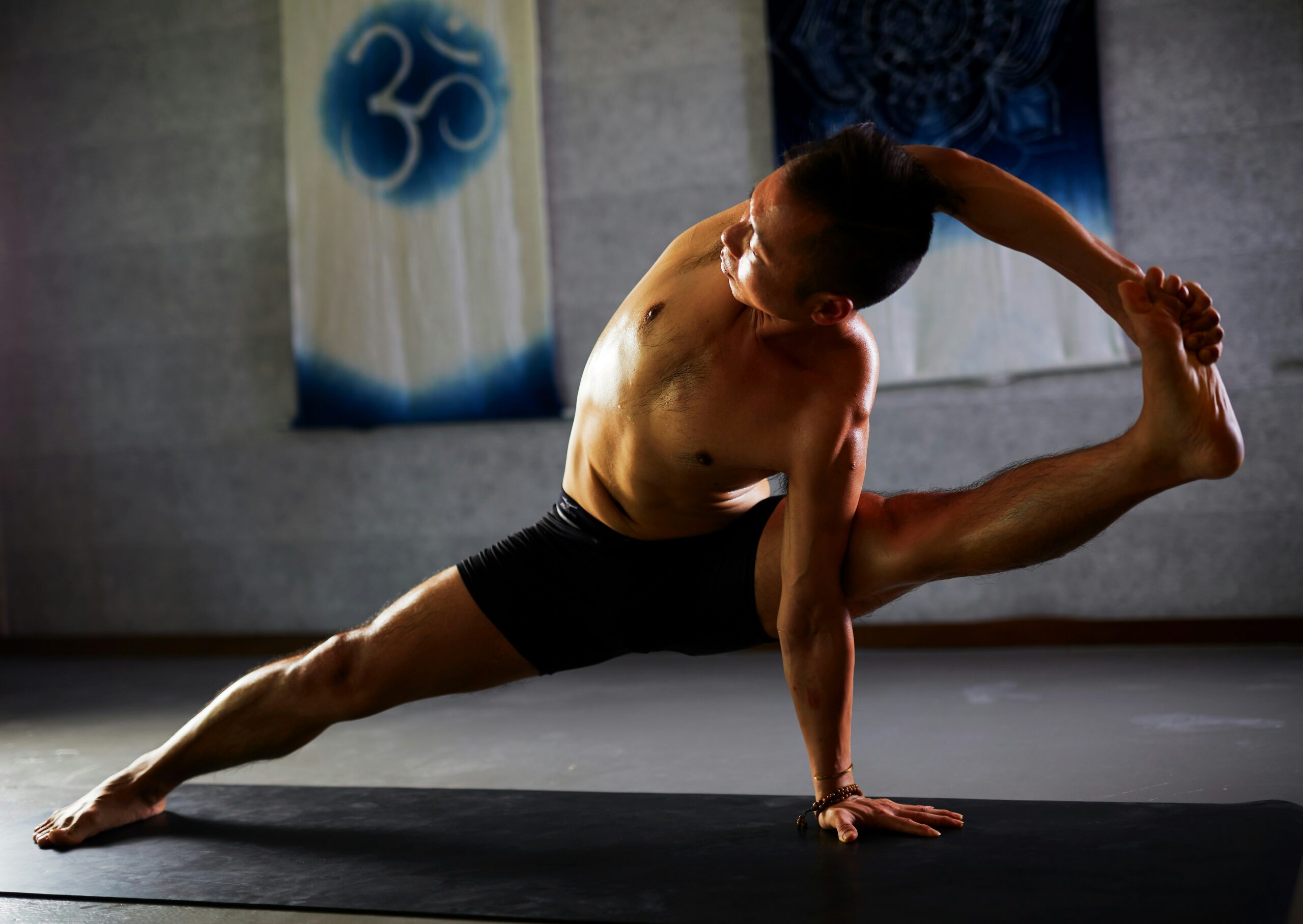
When we hear the word “flexibility,” many of us picture gymnasts, dancers, or athletes effortlessly moving their bodies in ways that seem almost impossible, yet flexibility is not just for elite performers. It’s an essential aspect of daily life, influencing how comfortably we walk, sit, bend, or even breathe. Unfortunately, in today’s sedentary culture, many people struggle with tight muscles and stiff joints that limit mobility and increase the risk of injury.
Yoga offers a holistic and mindful approach to restoring and improving flexibility. Unlike static stretching, yoga incorporates mindful breathing, balance, and strength-building movements that work together to open the body’s range of motion gradually. Over time, the practice not only enhances your physical range of motion but also fosters deeper self-awareness, revealing how the body, mind, and emotions are interconnected.
Why Flexibility Matters for Overall Wellness
Flexibility supports far more than athletic ability; it directly impacts your quality of life. Tight muscles can restrict your movement, strain your joints, and lead to poor posture. Something as routine as bending down to tie your shoes, reaching for a high shelf, or sitting at a desk for long hours becomes more challenging when your muscles and connective tissues are stiff. By improving flexibility, you reduce tension, improve posture, and maintain mobility as you age.
Beyond physical ease, flexibility also plays a crucial role in injury prevention. When muscles and joints are supple, they can absorb impact more effectively and adapt to sudden movements without straining. Athletes, in particular, benefit from an improved range of motion, as it allows them to move more efficiently, generate greater power, and recover faster from workouts. For non-athletes, improved flexibility translates into fewer aches and an increased ability to enjoy everyday activities.
The Role of Breath in Expanding Flexibility
One of yoga’s most powerful tools for improving flexibility is the breath. Known as pranayama in Sanskrit, mindful breathing calms the nervous system and signals the body that it’s safe to relax. When your muscles feel secure, they’re more likely to release tension, allowing you to move deeper into stretches without strain. This is why yoga encourages you to inhale as you lengthen and exhale as you soften into a posture.
Practicing breathwork during yoga also teaches patience. Instead of forcing your body into a position, you use the breath to guide you gradually. Over time, this method helps prevent injury and fosters lasting flexibility. It also trains the mind to stay present, helping you notice the subtle shifts in your body and appreciate progress without judgment.
Poses That Improve Range of Motion
Certain yoga poses are particularly effective for increasing flexibility. Forward bends, such as Seated Forward Fold or Standing Forward Bend, lengthen the hamstrings and relieve tension in the lower back. Poses like Downward-Facing Dog stretch multiple areas at once, including the calves, hamstrings, shoulders, and spine, making them excellent for improving overall mobility.
Hip openers, such as Pigeon Pose and Bound Angle Pose, target areas that often hold tension due to prolonged periods of sitting. Backbends, such as Cobra and Bridge, strengthen the spine while opening the chest and shoulders, thereby improving posture and countering the effects of slouching. By consistently practicing these poses, you’ll gradually create more space in your body, allowing movements to feel freer and more natural.
The Mental Side of Flexibility
Yoga emphasizes that flexibility isn’t only about what the body can do—it’s also about how the mind responds to challenge. When you attempt a stretch and feel resistance, your first instinct might be frustration or judgment. Over time, yoga teaches you to replace that self-criticism with acceptance. You learn that flexibility develops gradually, and progress often comes in small increments.
This mental shift is a key part of self-discovery. By noticing your reactions on the mat, you gain insight into how you respond to challenges in life. Do you push too hard, risking burnout? Do you avoid discomfort altogether? Developing mental flexibility enables you to approach obstacles with patience and resilience, fostering a mindset that prioritizes growth over perfection.
Consistency Over Intensity
One of the most common misconceptions about improving flexibility is that you need extreme stretches or hours of daily practice. In reality, consistency matters far more than intensity. Just 10–20 minutes of yoga each day can create noticeable improvements in flexibility and mobility over time. The key is to practice regularly, allowing your body to adapt and become more open gradually.
By building a consistent routine, you also establish a deeper connection with yourself. You begin to notice how your body feels on different days—tight after sitting at a desk, open after a walk, or stiff after a poor night’s sleep. These insights help you adapt your practice to meet your needs, reinforcing the idea that self-discovery is about listening to your body and responding with kindness.
Flexibility as a Lifestyle
Ultimately, yoga teaches us that flexibility is not just a physical trait but a way of approaching life. When your body becomes more open and supple, your mind often follows, allowing you to adapt more easily to challenges, setbacks, and change. Just as you learn to bend without breaking on the mat, you cultivate resilience and openness in your daily life.
This flexibility becomes a form of freedom. You’re no longer limited by stiffness, fear, or self-doubt. Instead, you move through the world with greater ease, embracing new experiences and opportunities with confidence. Yoga offers more than an increased range of motion—it provides a pathway to living more fully, both in body and in spirit.